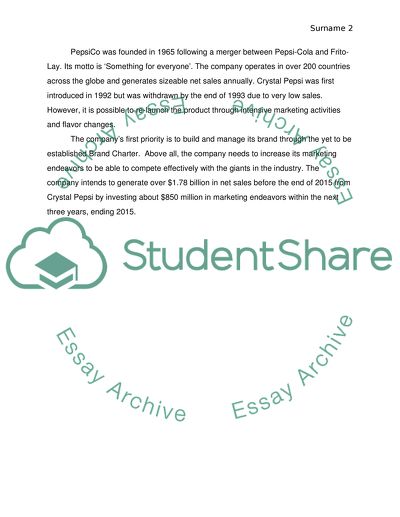Cite this document
(“Marketing Plan for Crystal Pepsi Term Paper Example | Topics and Well Written Essays - 2000 words”, n.d.)
Retrieved from https://studentshare.org/marketing/1459984-marketing-plan-for-crystal-pepsi
Retrieved from https://studentshare.org/marketing/1459984-marketing-plan-for-crystal-pepsi
(Marketing Plan for Crystal Pepsi Term Paper Example | Topics and Well Written Essays - 2000 Words)
https://studentshare.org/marketing/1459984-marketing-plan-for-crystal-pepsi.
https://studentshare.org/marketing/1459984-marketing-plan-for-crystal-pepsi.
“Marketing Plan for Crystal Pepsi Term Paper Example | Topics and Well Written Essays - 2000 Words”, n.d. https://studentshare.org/marketing/1459984-marketing-plan-for-crystal-pepsi.


